Five Ways To Get Creative While Working From Home: From someone who does it all the time
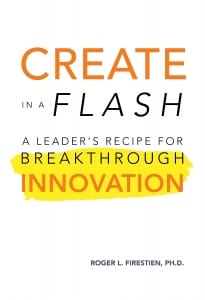
Here are five things that work for me as a solitary, creative home worker:
- Finding my creative space
- Finding my creative time
- Take breaks and naps
- Letting incubation work for me
- Force connections
A bit more about each, and how you might put them to work for you.
Finding your creative space
Have you ever walked into a place, rubbed your hands together and said to yourself, “I could really do some great work here?” Artists and musicians have studios, crafts people have workshops, professors and pastors have studies, and scientists have laboratories.
Where is your creative space? Where do you do your best work? One of my artist friends describes her studio as her sanctuary. It is her “safe place.” In her studio, she is able to create, try new concepts, and leave her work in progress. Her studio is filled with light, it’s clean and well organized, and is just the right temperature for her. It is the place where no one disturbs her. It is her retreat from the hectic, outside world, where she can immerse herself in a private world of concepts and colors.
I really love my home office.
I work at an old library table that was built in 1952. I bought it from a used furniture store in the 1980s, and it is my favorite piece of furniture. I wrote my dissertation and all of my books at that table! When I sit at my desk I have a beautiful view of my yard and the pine trees that surround it. I keep meaningful items and decor in my office – like my Iron Man action figure and desktop tractors that remind me of my farm heritage. My office is my favorite room in the house – and it’s a good thing because I spend so much time here.
How to create your own place for productivity? Make your creative space a place that you want to be in. That you look forward to spending time in. Ask yourself, where do I do my best work?
Finding your creative time
My best creative time is morning. When I was writing my second book, Leading on the Creative Edge , I would write from 6:30 to 9:00 a.m. At 9:00 my staff would start to arrive for work and the day-to-day business would begin. I was also mentally “done” with the book for the day. I needed a break.
When I worked with my colleague, Dr. Mary Murdock, her most creative time was from 10:00 p.m. to 2:00 a.m. Needless to say Mary didn’t schedule morning meetings or classes.
Working from home is providing many folks a brand-new opportunity to find a creative time that works best for them. If you’re able, lean into the schedule that works best for you and your creative output.
Take breaks and naps
The philosopher Immanuel Kant worked in bed at certain times of the day with blankets arranged around him in a particular fashion. Mozart composed after exercise. For me, it is sleep that rejuvenates my creative capacity.
After a 20 or 30-minute nap in the afternoon, I am ready to do more creative work. My nap creates a separation in my day. It feels to me that I actually have two days in one.
When I was writing my master’s thesis and later my doctoral dissertation I would lie down on the floor for 20 minutes after dinner and listen to meditative guitar music. I usually fell asleep during that time, but that little nap allowed me to work productively for another three hours.
Letting incubation work for you
A classic tenet of creative problem solving is that breakthrough ideas often come to us when we step away from the problem and “incubate.” You’ve likely experienced it yourself. You’ve been working on a problem for a long time, haven’t made progress, and you back off to do something else. After your period of incubation — eureka!
The idea hits you.
Several times in my life I’ve woken up in the middle of the night with a breakthrough idea for a project I am working on. As a matter of fact, my first book, Why didn’t I think of that?, came to me at 3 a.m. in Washington D.C. in 1986.
I was finishing up my doctoral dissertation and took the weekend off to visit friends.
In the middle of the night, I woke up with the characters and the plot line for the book. I grabbed my pocket tape recorder and dictated almost the entire book.
Now, here is the kicker. I went to D.C. to get away from my work. I almost did not take the recorder with me because I thought I was mentally exhausted. However, if I had left the recorder behind, I am sure that book would not exist today.
So, if you become stymied on a project, step away from it. And it’s OK to work on several projects at the same time. (Just don’t multitask!) Benjamin Franklin and Thomas Edison worked on several projects at the same time. When they got tired of one, they would switch and work on another. In that way, when they were working on the other project they were “incubating” on the first project. Try it. If it worked for Franklin and Edison it might work for you.
Force connections when you get stuck
One sure-fire way to get new ideas is by using Forced Connections. Forced Connections is the essence of creativity; a practice of combining ideas that don’t appear to be related in a new way. This method helps you get those ideas flowing when you are stuck.
How it works:
- Consider the problem you are trying to solve.
- Pick an object or situation from a completely unrelated area.
- Find or “force” a connection between the problem you are working on and the seemingly unrelated object.
The result of this new connection is a new idea.
In my creativity programs, we always do a warm-up exercise before we take on the main challenge. One of my favorite warm-ups is to generate ideas for the perfect bathtub.
After a few minutes, the group starts to slow down. They have generated the typical ideas for improving a bathtub. But, now they are stuck. It is time to introduce Forced Connections by showing the group some pictures or items unrelated to the topic.
First picture. “What ideas do you get for improving a bathtub from a bunch of bananas?” I get ideas like: make it non-slip, make it yellow, shape the tub to fit your body, and my favorite—have a bunch of my friends over.
Another picture: an airplane cockpit. This picture generates ideas like: temperature controls for the tub, lots of windows around the tub, seats in the tub and, of course, make the tub fly.
You don’t need pictures to have this technique work for you. All you need to do is look around. I am sitting at my desk while I am writing this. So, if I were working on a challenge and got stuck, I would ask myself—what ideas do I get from my telephone or books on my bookcase or the fan on my desk or trees in my backyard?
With Forced Connections, the ideas you get may not be the breakthrough answers you are looking for, but you will have more ideas to choose from.
There you have it! My time-tested recipe for at-home creativity work. See what works for you – I’d love to see photos of your creative spaces, learn about your breakthrough ideas, and hear about whether these practices help your creative output. Send your experiences, and good luck!
About the Author

For more information please visit: https://rogerfirestien.com/

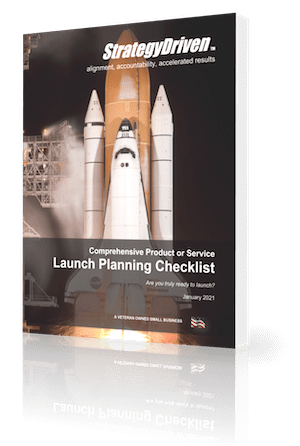
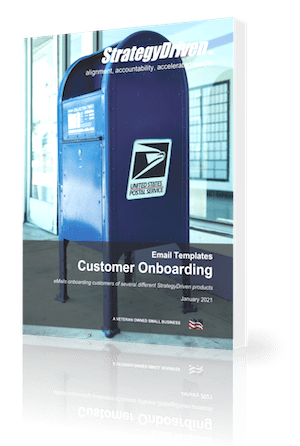
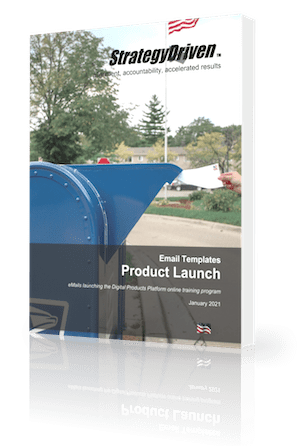


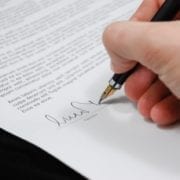





Leave a Reply
Want to join the discussion?Feel free to contribute!